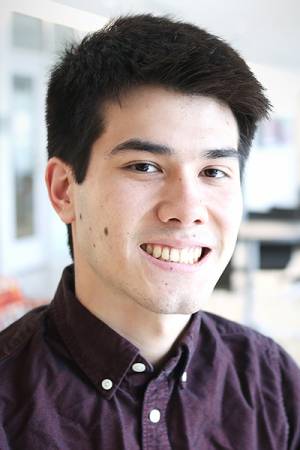
Abstract:
Navigation in unstructured environments is a capability critical to many robotics applications such as forestry, construction, disaster response and defense. In these domains, robots have the potential to eliminate much of the dull, dirty and/or dangerous work that is currently performed by humans. Unfortunately, these environments pose a unique set of challenges for navigation not present in controlled settings such as warehouses and highway driving.
We argue that the key challenge in deploying robots in unstructured environments is the difficulty of interpreting high-dimensional streams of multi-modal perception data, and translating them into robust, expressive representations for downstream path planning and control. This problem is exacerbated by the fact that unstructured environments are highly uncertain and lack a clean mapping from semantics to navigation decisions (i.e. traversability).
While there have been notable successes in deploying robots in unstructured environments, such systems are highly tuned to a given robot platform and environment, and are the result of months to years of dedicated effort from a highly skilled team of engineers. As such, deployment of these systems to new platforms or environments requires extensive tuning of perception-planning interfaces, labeling of semantic images, etc. Unfortunately, this makes engineering expertise the bottleneck in the widespread adoption of mobile robots.
I will present my work in designing a learning-based perception and traversability system for high-speed off-road driving from camera and LiDAR data. Importantly, this approach is annotation-free, enabling performance matching or exceeding current SoTA in off-road driving from a relatively small amount of tele-operated demonstrations. I will then discuss the limitations of this work and propose extensions that will enable this method to generalize across robot platforms and environments.
Thesis Committee Members:
Sebastian Scherer (Chair)
Aaron Johnson
J. Andrew (Drew) Bagnell
Wenshan Wang
David Fan (CTO @ Field AI)
